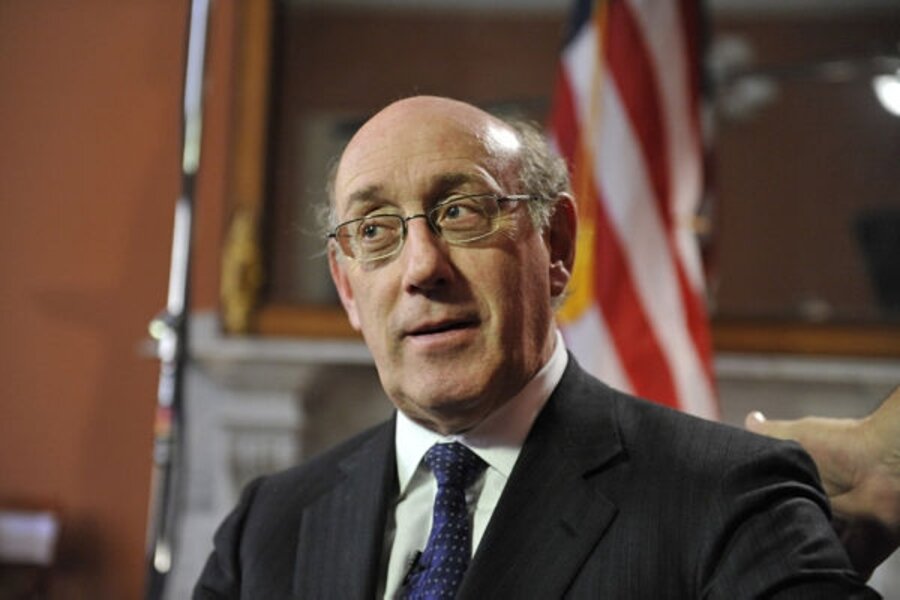Do college presidents need a pay czar?
Loading...
Updated 3:10 p.m. EST with spreadsheet of data used in this report.
Somebody needs to get Ken Feinberg a ladder.
That's because after the president's "pay czar" finishes mastering Wall Street pay, he might try storming America's ivory towers.
Between 2007 and 2008, the top 25 highest paid college presidents saw their total compensation rise roughly 25 percent while the top 25 highest-paid CEOs receiving government bailouts saw their's fall nearly 17 percent, according to data from the Chronicle of Higher Education's database (subscription required) and the AFL-CIO. (The data is for fiscal years. The AFL-CIOs statistics include the total value of stock options and awards during a given fiscal year, not only those that vest during that year.)
Private university presidents saw a gain of 28 percent while public university presidents increased by just under 24 percent.
What accounts for the discrepancy? First, college presidents didn't engineer the near collapse of global commerce. Second, the argument is often made that many university presidents could be or have been executives at much higher compensation levels and gradual pay increase make universities more competitive against the private sector.
But while corporate bottom lines have taken a historical beating, so have college endowments, with a much slighter effect on executive pay during the years in question.
In average compensation, CEOs at the top 25 companies receiving funds from the federal Troubled Asset Relief Program still outgain college presidents by a wide margin, averaging almost $14 million vs. $1,225,326 for presidents at private colleges and universities and $791,884 for heads of public institutions. In fact, American Express CEO Kenneth Chenault had more compensation (at about $43.3 million) than all of the top 25 private university presidents combined ($30.6 million).
When judging college president pay, the public should keep in mind all of administrator's responsibilities in higher education, says Harvey Rubin, the University of Pennsylvania's faculty senate chairman. "If you look a the scale of any major research university, they are all multibillion dollar budgets. Decisions are made that affect tens of thousands of lives," Rubin says. "Rather than take this on as 'Are they paid too much or paid too little?', I think what's really important is to put it into the context of the role of the senior academic administrators, who are individuals who have enormous responsibilities."
Want to check our work? See the spreadsheet.
___
– David Grant is a Monitor contributor. Does your president make too much? Too little? Continue the conversation on Twitter.





